I am using a dictionary of dataframes to do some analysis on NFL teams. I need to loop through the dictionaries (backwards, ordered by time of insertion) for the analysis I plan to do. Each NFL team gets its own dictionary. 
My functions iterate through the dictionary with code similar to the line displayed at the top. Each key is a tuple, and the second entry in the tuple denotes the week (of the NFL season) the game was played. I initially inserted week 1's key and value, then week 2's key and value, then week 3's key and value. Seeing the output, this works as planned and means my functions should work as they are meant to. No problems in practice. However, if you view the dictionary itself, the keys are out of order (see the second output).
So what exactly determines the order of the keys when you view the dictionary? The Buccaneers dictionary goes 2 -> 1 -> 3. But this is not the case for each team's dictionary; the order seems completely random. What determines this order? I am curious (I definitely inserted them in 1 -> 2 -> 3 order for every team). I am using Python 3.6